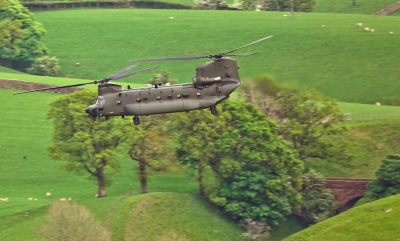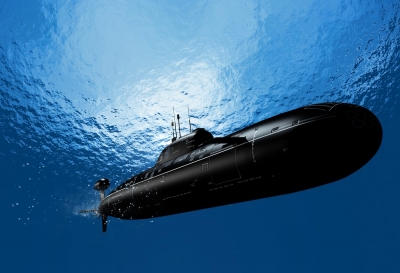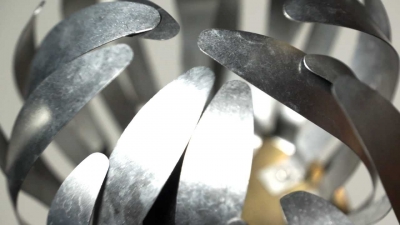
There is much that we do not yet know about how the brain works, but we do know that the brain communicates with the rest of the body through a thick cord of nerves running down the middle of the spine and branching off to reach the limbs and internal organs. The nerves are pathways for messages to the brain, to inform it about what is happening elsewhere in the body, and from the brain to tell the rest of the body how to act. These messages, and the processes happening within the brain, are made up of tiny electrical impulses. By far the largest part of the brain is the cerebrum, which is divided into two halves, called hemispheres. The rest of the brain is made up of the cerebellum, the pons and the medulla, which join together at the top of the spinal cord.
With 80-100 billion nerve cells, known as neurons, the human brain is capable of some astonishing feats. Each neuron is connected to more than 1,000 other neurons, making the total number of connections in the brain around 60 trillion! Neurons are organized into patterns and networks within the brain and communicate with each other at incredible speeds.
The largest part of the human brain is the cerebrum, which is divided into two hemispheres, according to the Mayfield Clinic. Underneath lies the brainstem, and behind that sits the cerebellum. The outermost layer of the cerebrum is the cerebral cortex, which consists of four lobes: the frontal, parietal, temporal and occipital.
Like all vertebrate brains, the human brain develops from three sections known as the forebrain, midbrain and hindbrain. Each of these contains fluid-filled cavities called ventricles. The forebrain develops into the cerebrum and underlying structures; the midbrain becomes part of the brainstem; and the hindbrain gives rise to regions of the brainstem and the cerebellum.
The cerebral cortex is greatly enlarged in human brains and is considered the seat of complex thought. Visual processing takes place in the occipital lobe, near the back of the skull. The temporal lobe processes sound and language, and includes the hippocampus and amygdala, which play roles in memory and emotion, respectively. The parietal lobe integrates input from different senses and is important for spatial orientation and navigation.
Picture Credit : Google





